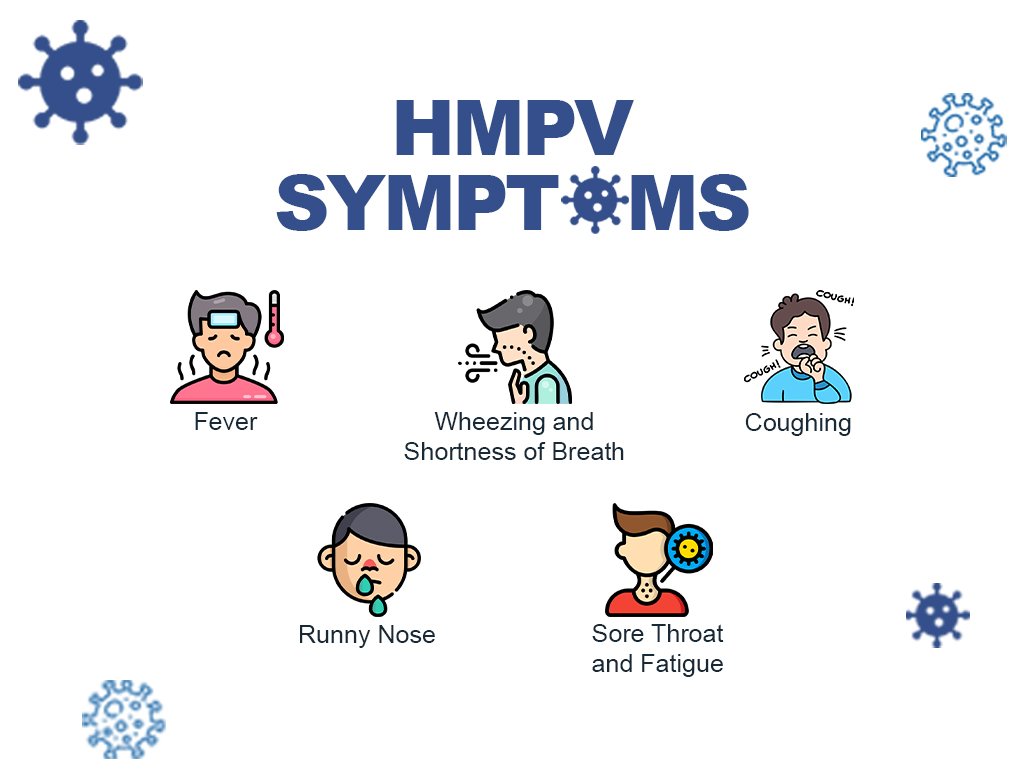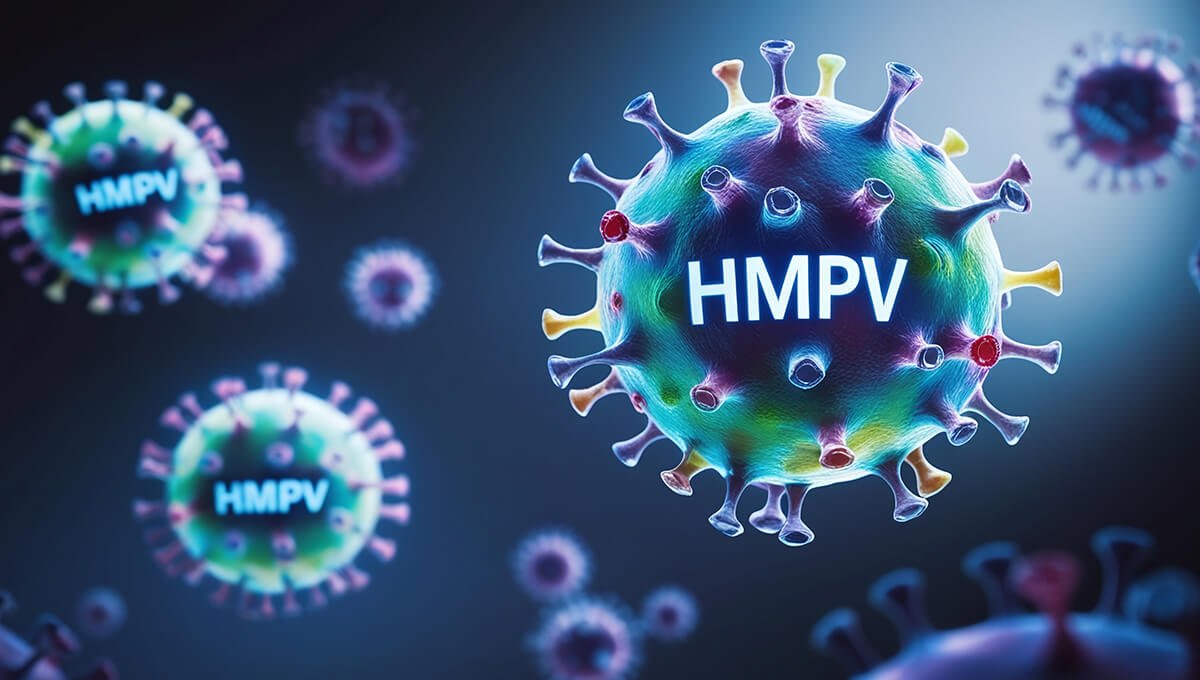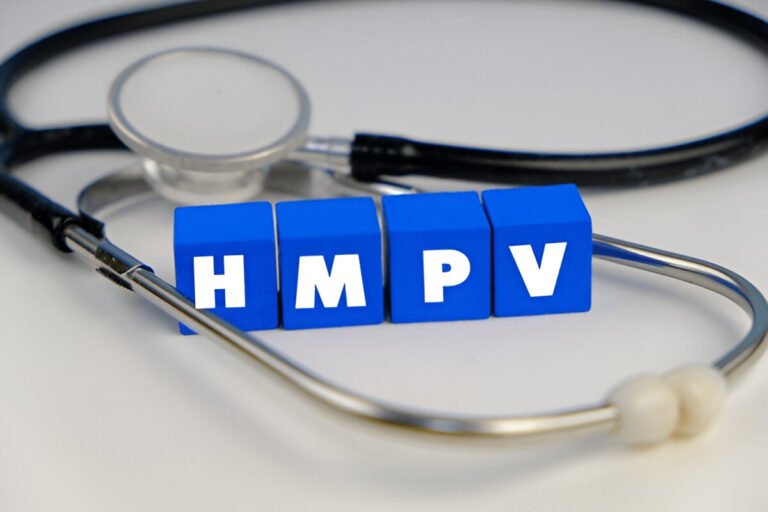What Is hMPV? Symptoms, Causes, and How It Spreads
Human metapneumovirus (hMPV) infects most people with respiratory systems and causes a cold, sometimes with grave consequences. Characterized in 2001, it belongs to the family of respiratory syncytial virus (RSV) diseases and has many characteristics common to most respiratory illnesses which makes diagnosis difficult.
What Is hMPV?
Human metapneumovirus, or hMPV, mainly targets the respiratory tract and has higher prevalence cases than most realize. This pathogen can present from a slight common cold up to severe respiratory distress, especially among the youngest children, older adults, and those who are immunocompromised.
Why Is hMPV Often Misdiagnosed?
hMPV is often misdiagnosed as other common respiratory infections such as flu or RSV as it shares many similar symptoms, such as cough, fever, and shortness of breath. Due to poor awareness about the virus and the absence of routine tests, it gets diagnosed very frequently. In a country like India, where common respiratory infections prevail, hMPV cases in India often had the second case reported from Puducherry, taking the total number of cases of the virus in India to 18.
Symptoms of hMPV
The symptoms of hMPV need to be understood for the early diagnosis and treatment. hMPV in adults can manifest as mild upper respiratory symptoms or more severe lower respiratory tract infections. Common symptoms include:

- Cough: Persistent cough, ranging from mild to severe, often productive.
- Nasal congestion: Obstructed or “runny” nose, may result in difficult airflow through the nostrils.
- Fever: Low to moderate, though some can experience a very high fever in severe cases.
- Shortness of breath: Discomfort breathing, more often experienced in physical activities or at the limbic level in severe infections.
- Fatigue: A general feeling of tiredness and weakness, lasting even after all other symptoms have gone away.
- Sore Throat: It is very obvious during the early stages of the infection and causes difficulty with swallowing.
- Wheezing: It is a term referring to making a high-pitched sound, similar to whistling when breathing. It happens more frequently in people with some kind of existing respiratory disease.
In severe cases, particularly in older adults or those with chronic health conditions, hMPV may lead to complications such as bronchitis or pneumonia.
How hMPV Differs From The Flu and RSV
The symptoms of hMPV look like flu or RSV with some differences; specialized and past medical histories are likely to differentiate the two common colds.
(a) Fever: In the first seven days of infection, flu is a little milder; RSV high fever occurs with coryza only.
(b) Wheezing: More common in RSV and severe cases of hMPV.
(c) Fatigue and Muscle Aches: Influenza usually occurs more commonly and is more pronounced than hMPV.
Causes of hMPV
The Human Metapneumovirus is a virus that has been identified as belonging to the Paramyxoviridae family. A virus belonging to the Paramyxoviridae family infects, inflames, and secretes largely homogeneous mucous physical embodiments within human airway respiratory tract mucosa cells. The rate of infection by and the sequelae of viral infection appears to vary with person-to-person differences in age, health status, and immune status.
How hMPV Spreads
hMPV spreads through respiratory droplets when an infected person coughs, sneezes, or talks. Indirect transmission can also occur via contaminated surfaces or objects. Close contact, such as hugging or sharing utensils, can increase the risk of transmission.
The virus is more prevalent in late winter and early spring, similar to other respiratory viruses. In densely populated countries like India, where respiratory illnesses are common, hMPV cases in India may surge during these seasons, particularly among vulnerable groups.
Final Words
As much is known about hMPV, its significance appears in cough, excess sputum, chest pain, dyspnea, headache, fever, myalgia, and malaise. Through good hand hygiene, infection can be made less likely. Checking in with your healthcare professional is also recommended if your symptoms fit the flu and no work or school contacts were infected.







